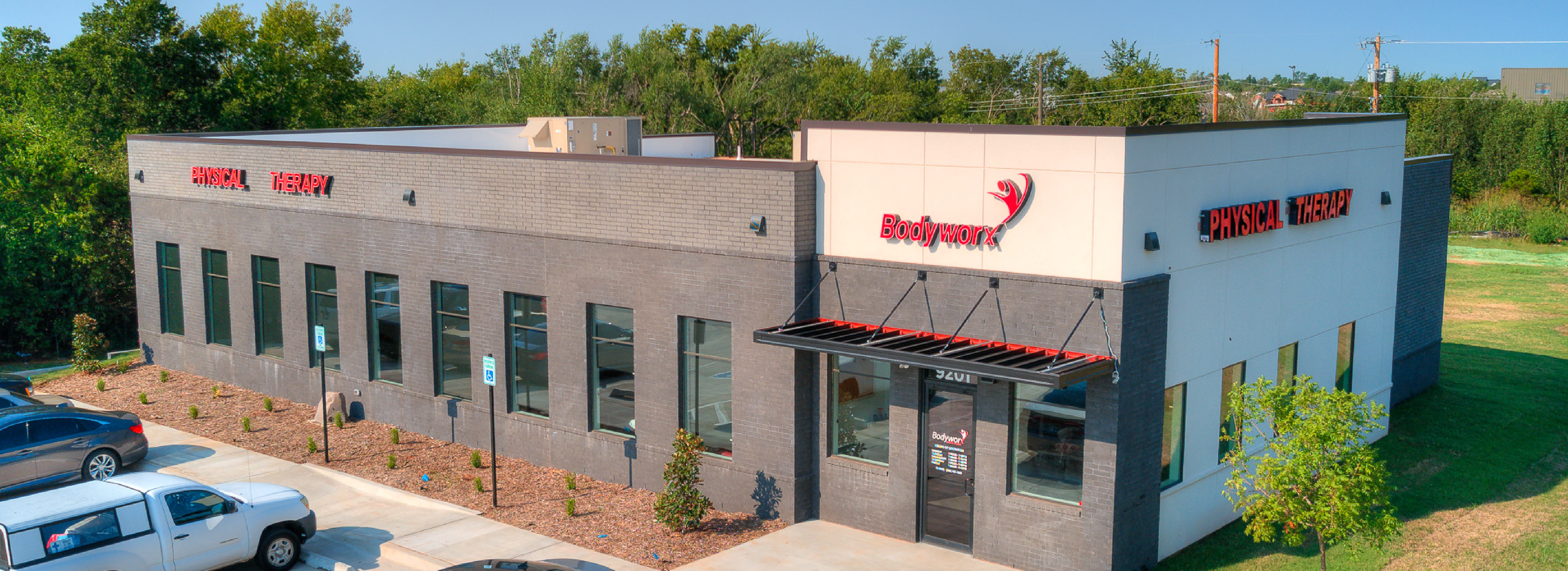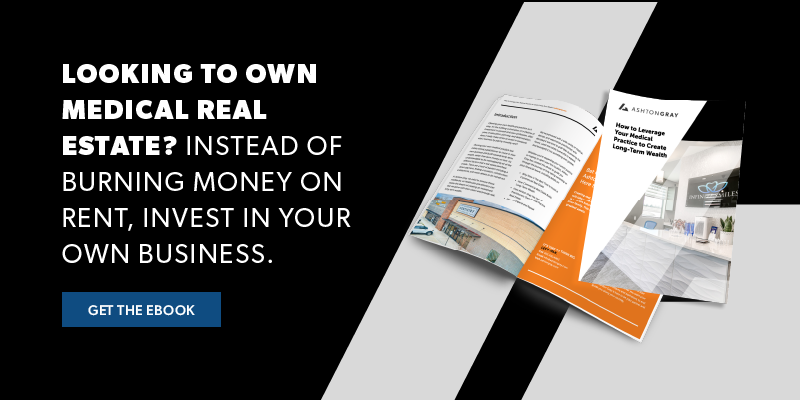
How to Choose the Best Location For Your Medical Practice
Hoping to reignite the passion for your medical, veterinarian, or dental career? Have you spent years in a larger organization pondering the ways it could be run better? Or maybe you’ve simply outgrown your current space and need a new building that better fits your practice today. Whatever the reason, opening a new practice is an exciting endeavor that allows you to deliver the quality of healthcare you’ve always wanted.
One of the first steps in starting your own medical practice, and one of the biggest determining factors of success, is choosing your location. Not only do you have to determine where you’ll be happy living and working, but you also have to choose a place that offers the best chance of running a successful business.
That means carefully taking into account patient populations, competition, accessibility, future growth, parking, and more. Whew. Luckily, Ashton Gray specializes in building practices from the ground up for doctors, dentists, veterinarians, and more. Here’s what we’ve learned about what it takes to find your ideal medical practice location.
Lock In Your Ideal Patients with your Medical Practice Location
“When site selecting for a practice, one must cater to the target audience to make it as easy as possible for the greatest amount of people,” advises Cole Smith, Developer at Ashton Gray.
Ask yourself the following questions: Who are you building your practice for? Where do they live and work? Where are they shopping? Then, utilize demographic data to determine the macro location of your client base.
“Once you understand your target audience you will know where you need to be located,” says Cole. “If your practice primarily serves children, you will want to be within neighborhood communities close to schools and grocery stores.”
Consider the Competition
If you understand where your target audience is, competing doctors, vets, or dentists likely also understand where those markets are located. A dense market may be an advantage if you’re in a niche practice, based on referrals, but it’ll likely be a disadvantage if you’re in a more saturated practice.
Competitive market research is an important aspect of establishing the strategy behind your practice. Take a look at things like how far patients have to travel to get to the nearest competing practice, could you become their new destination?
One way to differentiate your practice is to establish it in a newer, growing community, where home prices are affordable and the number of home permits is rising. In these areas, residents are establishing new routines and may be more likely to try a new, closer practice rather than traveling further to their previous doctor or dentist.
In these communities, it’s likely a lot of surrounding businesses will also be new and modern – it’ll help to make sure your practice fulfills those expectations as well as provides an attractive and inviting first impression for new patients.
Make Your Practice Location Attractive, Visible, and Accessible
Once you’ve nailed down the general area of your medical practice location, you can begin narrowing it even further by creating a strategy based on how clients will get to your practice. Is your practice’s model designed to attract patients or is it based on referrals?
“If you are attracting patients directly (dentists, orthodontists, primary care physicians, veterinarians, urgent care) then having high visibility and traffic counts of retail are where you want to be,” explains Jack Geurkink, Developer at Ashton Gray.
“It’s important to be near your target audience and visible when they visit,” adds Cole. “Not only is visibility key, but so is accessibility so that parking and entering the space is easy for the client.”
While parking and visibility may feel like small details when building your new practice, they can be the difference between someone becoming a future patient or going elsewhere. There’s a reason certain parcels of real estate will be more valuable, even if located on the same block.
“Hard corners or highly visible locations are always going to have demand and typically appreciate in value better over time which means a better investment,” explains Jack. “Specialists like orthodontists, pediatric dentists, and even oral surgeons are shifting in their marketing methodology and valuing the traffic and visibility that retail provides.”
The businesses your practice is associated with also factor into visibility. Think of your target audience, are the businesses nearby the type of restaurants, stores, or services your ideal patients will visit?
“Co-tenants will also play a huge role in who is coming to the center and seeing your business,” says Jack.
Co-tenants refer to renting a space alongside other businesses, an idea that we often discuss at Ashton Gray, as medical retail becomes more and more popular. Just like when you buy a house, meeting your neighbors is a part of the due diligence of medical real estate site selection. Aligning with other medical practices that can offer referrals or even just brands that you’d like to be associated with can have a real impact on your practice.
If you’re buying an existing building, make sure that it aligns with your brand identity.
“When site selecting, the type of real estate you intend to occupy is just as important,” Cole advises. “What type of building you occupy alters the image you give off to your customers. Again, it is a best practice to reflect outwardly who your target audience is. It is also important to think about who your neighbors are or could be.”
Think Long-Term About Your Investment
Picking the right location for your medical practice means building today while planning for the future. Two of the biggest factors that will impact the future viability of your practice are the condition of your facility and the practice’s future growth potential.
“You have to evaluate the benefits to the practice but also the long-term investment of each asset type,” explains Jack. “Retail properties tend to always have demand if they are positioned well, highly visible, and in great areas. Retail properties can be repurposed and leased to non-medical users more easily in the future. It’s a great consideration when thinking about holding your asset after you sell your practice and on through retirement.”
One of the best reasons to build your own medical practice is to create an asset that can be much more than just the place you work, it’s an investment in your future that can lead to real, long-term wealth.
Want to learn more about how Ashton Gray can help guide you on the path to starting your own practice? Let’s talk today.
